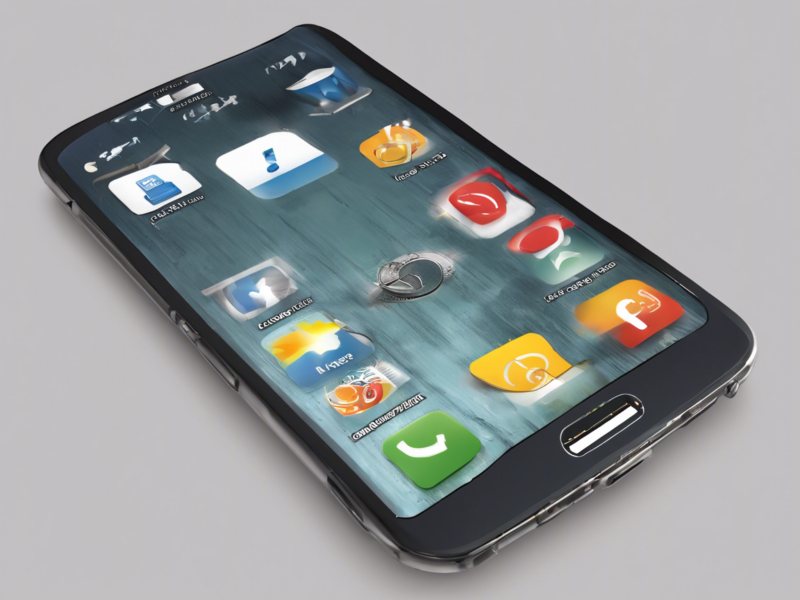As mobile devices increasingly dominate internet usage, page speed has become a crucial factor in user experience and search engine rankings. One significant metric in Google’s Core Web Vitals that impacts page speed is the Largest Contentful Paint (LCP). LCP measures how long it takes for the largest element on a webpage to become visible to users. An LCP longer than 4 seconds can lead to a poor user experience, a high bounce rate, and ultimately lower conversion rates.
Understanding Largest Contentful Paint (LCP)
LCP is a user-centric metric that focuses on one of the key moments in the loading process – when the main content of a page becomes visible. This could be an image, a video, or a large block-level text element.
Having an LCP longer than 4 seconds indicates that users are likely waiting too long to see meaningful content, leading to frustration and potentially abandoning the page. It is essential to diagnose and rectify the causes of a poor LCP score to improve overall user experience.
Common Causes of LCP Issue Longer Than 4 Seconds
- Large Images and Videos: Uploading high-resolution images and videos without optimization can significantly increase load times.
- Render-Blocking Resources: JavaScript and CSS files that block rendering can delay the LCP.
- Slow Server Response Times: A server that is slow to respond to requests can cause delays in loading content.
- Third-Party Scripts: Excessive third-party scripts can impact performance by blocking rendering or delaying the loading of critical resources.
- Render-Blocking Elements Above the Fold: Elements that prevent the main content from rendering can skew the LCP metric.
- Unoptimized Web Fonts: Loading multiple or large web fonts can slow down page loading times.
- Network Issues: Slow internet connections or high latency can lead to longer LCP times.
- Client-Side Rendering: Heavy client-side rendering can delay the rendering of the largest contentful paint element.
How to Troubleshoot LCP Issue Longer Than 4 Seconds
- Audit Your Website: Utilize tools like Google PageSpeed Insights, Lighthouse, or GTmetrix to identify performance issues.
- Optimize Images and Videos: Compress images and videos, serve them in modern formats like WebP, and lazy load them to improve loading times.
- Minimize Server Response Time: Utilize content delivery networks (CDNs), upgrade hosting plans, and implement server-side caching.
- Defer JavaScript Execution: Identify and defer non-critical JavaScript files to allow for faster initial page loading.
- Prioritize Above-the-Fold Content: Ensure that critical above-the-fold content renders quickly by eliminating render-blocking resources.
- Reduce Third-Party Scripts: Review and remove unnecessary third-party scripts or defer their loading to prioritize core content.
- Optimize Web Fonts: Limit the number of fonts and weights used, preload fonts, and consider using system fonts for better performance.
- Improve Network Performance: Enable HTTP/2, implement image lazy loading, and utilize resource hints to enhance loading speed.
- Pre-render Critical Content: Server-side rendering or pre-rendering key content can help improve LCP times.
- Monitor Performance Regularly: Continuously test and monitor your website’s performance to identify and address any new issues promptly.
Frequently Asked Questions (FAQs) About LCP Issues on Mobile
-
What is considered a good LCP score?
A good LCP score is typically under 2.5 seconds, as per Google’s guidelines. -
How does LCP impact SEO?
LCP is a crucial ranking factor for Google’s search algorithms. A poor LCP can negatively impact your site’s SEO performance. -
Can third-party scripts affect LCP?
Yes, excessive or poorly optimized third-party scripts can significantly impact LCP times. -
Should I prioritize LCP over other Core Web Vitals?
While all Core Web Vitals are important, LCP is often prioritized as it directly relates to the user’s perception of load speed. -
Does server location affect LCP times?
The server’s physical location can impact LCP times due to latency in delivering content to users in different geographic regions. -
How often should I monitor LCP performance?
It is recommended to monitor LCP performance regularly, ideally weekly, to catch and address any issues promptly. -
Can design elements like animations affect LCP?
Yes, heavy animations or elements that require significant processing power can delay the LCP. -
Is there a correlation between LCP and bounce rates?
Yes, longer LCP times often lead to higher bounce rates as users are more likely to leave a site that loads slowly. -
Does mobile device type impact LCP measurements?
LCP measurements can vary slightly based on the device type and its processing power, but the underlying issues impacting LCP remain the same. -
What is the difference between LCP and FCP (First Contentful Paint)?
LCP measures when the largest content element loads, while FCP measures when any content, even a small element, first becomes visible. LCP provides a more accurate representation of user-perceived loading times.
By addressing and optimizing the factors impacting LCP, you can significantly improve user experience, increase visitor engagement, and boost your site’s performance in search engine rankings. Prioritizing page speed optimization is key to staying competitive in the ever-evolving digital landscape.

